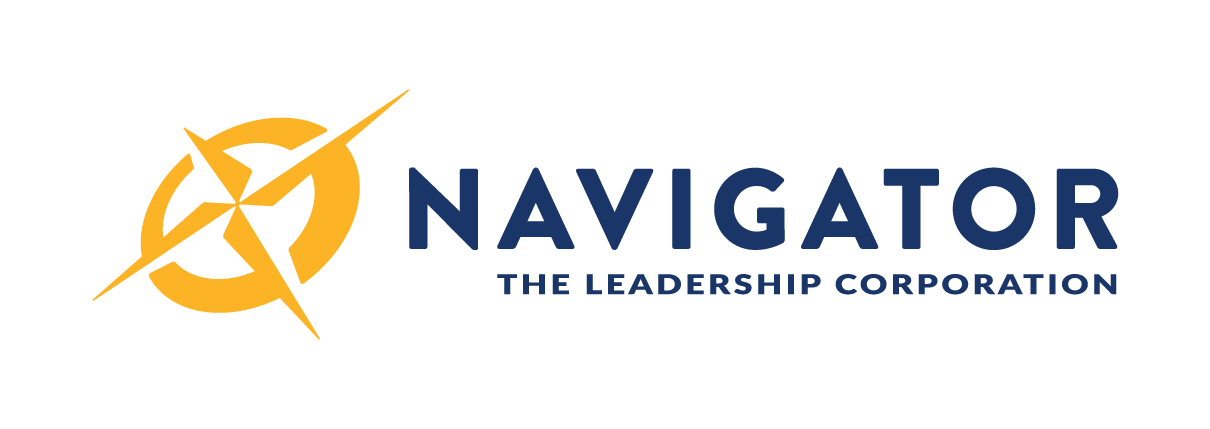If I were to survey leaders in your organization by asking the following three questions, do you know what the responses would be?
- Do you want your organization to thrive at its greatest potential? (Yes, No, or Unsure)
- Do you want the people within your organization to thrive to their greatest potential? (Yes, No, or Unsure)
- Do you currently have strategies in place for your organization and your people to thrive to their greatest potential? (Yes, No, or Unsure)
We know the results of the first two questions would be a resounding YES from every leader that was surveyed. But how would they answer the third question? Are there clear strategies the organization is using? Are there no strategies? Will your people be unsure as you “sort of” have strategies that either aren’t being implemented, aren’t being held accountable, or aren’t serving the people who need it most?
Developing your organization’s leaders doesn’t happen by accident. We can’t sit idly back and hope our leaders figure out how to be better leaders because hope is not a strategy. Below are four effective strategies your organization needs to develop a thriving work culture built on the foundation of great leadership.
- New Leader Introductory Training – Leaders are often put into the position of leadership because they have a strong reputation as a good technician. They are good at what they do, are often reliable and have a good attitude, but they may have no prior leadership experience. A new leader training system can equip them with basic tools, knowledge, and skills to work towards being an effective leader.
- Annual Training for All Leaders – I’ve never met a leader who didn’t have a few blind spots in their leadership abilities. As we sometimes slip into unfavorable habits, we all need occasional reminders and encouragement to be a strong leader. Courses on communication, coaching, motivation tactics, and generations in the workplace, for example, can hold us accountable to the company culture and give us occasional updates to our own leadership strengths and weaknesses.
- Executive Training – Executives are responsible for dozens, hundreds, and sometimes thousands of lives and livelihoods of the people in the organization. They need to hold themselves highly accountable for themselves and the people they lead. They make the biggest decisions as they navigate the direction of the entire organization. Leadership training serves as a way for them to make the most of their responsibilities. As John Maxwell says, “Everything rises and falls on leadership.” If everyone wins when leaders get better, leadership training for the people at the top is an ultimate win for everyone in the organization.
- Mentoring Programs – What’s your organization doing to develop the next generation of decision makers? Mentoring programs allow the current decision makers to groom and equip those who have potential to run the organization in the future. Mentoring is a great win-win: The future leaders feel valued, appreciated, and recognized by their leaders, and the leaders that are mentoring get to share their knowledge and wisdom with young talent that can learn and grow from them. Set up mentoring programs – the legacy of your organization might depend on it.
Developing your organization’s leaders doesn’t happen by accident. We can’t sit idly back and hope our leaders figure out how to be better leaders because hope is not a strategy.
Contact Us
Interested in setting up leadership strategies for your organization? Navigator is here to help! Whether you are interested in facilitated leadership courses or need a consultant to set up your strategy, we have ideas to get you started.
Email us at info@nav2lead.com or call us at 888-771-5812
This blog was written by Nick Sherwood for the Navigator Leadership Corporation.

